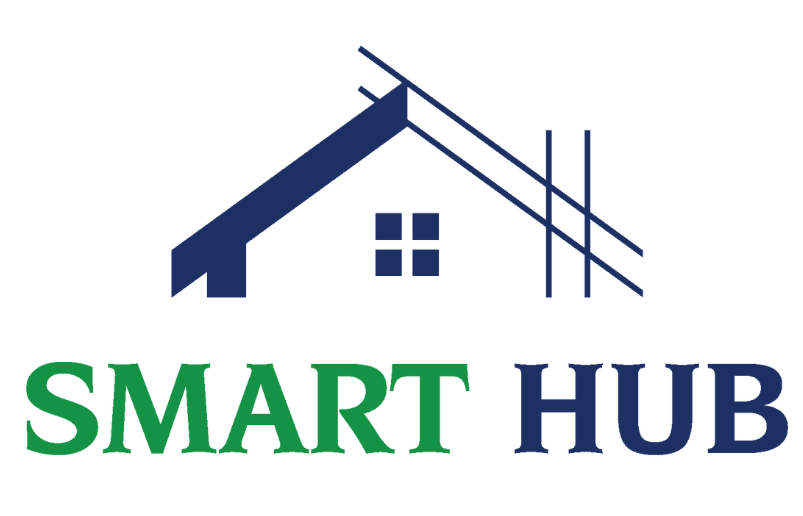Introduction
In today’s fast-paced construction industry, precision, efficiency, and collaboration are more important than ever. Enter Building Information Modeling (BIM)—a revolutionary technology reshaping how construction projects are planned, designed, and executed. From skyscrapers to highways, BIM is helping builders in Pakistan and around the world create smarter, safer, and more sustainable structures.
In this article, we’ll explore:
- What BIM is
- How it’s used in modern construction projects
- Why it’s becoming a game-changer for Pakistan’s construction sector
What is BIM?
Building Information Modeling (BIM) is a digital tool that allows architects, engineers, and builders to create detailed 3D models of buildings. Unlike traditional blueprints, which are static and two-dimensional, BIM models are dynamic and data-rich. They include information about every aspect of a structure, from its dimensions and materials to its energy performance and lifecycle costs.
At its core, BIM enables:
- 3D Modeling: Visualize the entire building before construction begins.
- Data Integration: Store and manage all project-related information in one place.
- Collaboration Tools: Facilitate seamless communication between architects, engineers, contractors, and clients.
For example, imagine being able to “walk through” a virtual version of your building, identifying potential design flaws or clashes before breaking ground. That’s the power of BIM.
How BIM is Used in Modern Construction Projects
BIM plays a critical role at every stage of a construction project:
Design Phase
- Architects use Building Information Modeling software to create accurate 3D models, ensuring all elements fit together perfectly.
- This reduces the risk of costly rework later.
Planning Phase
- Engineers analyze the model to optimize structural integrity, energy efficiency, and material usage.
- Project managers use Building Information Modeling to develop timelines and budgets.
Execution Phase
- Contractors rely on Building Information Modeling to guide construction activities, ensuring that everything is built according to plan.
- Real-time updates allow teams to address issues quickly.
Maintenance Phase
- Once the building is complete, facility managers use Building Information Modeling to track maintenance schedules, monitor equipment performance, and plan renovations.
In Pakistan, Building Information Modeling is increasingly being adopted for large-scale projects like highways, bridges, and commercial complexes. Its ability to streamline workflows and improve outcomes makes it an invaluable asset.
Benefits of Using BIM in Construction Projects
Improved Accuracy and Reduced Errors
- Building Information Modeling eliminates guesswork by providing precise measurements and clash detection.
- This minimizes mistakes during construction, saving time and money.
Enhanced Collaboration Among Stakeholders
- Everyone involved in the project—from architects to electricians—can access the same model.
- This fosters better communication and reduces misunderstandings.
Cost and Time Savings
- By catching errors early and optimizing resource allocation, Building Information Modeling helps keep projects within budget and on schedule.
Better Visualization and Decision-Making
- Clients can see exactly how their building will look and function before construction begins.
- This leads to more informed decisions and greater satisfaction.
Applications of BIM in Pakistan’s Construction Industry
Building Information Modeling is already making waves in Pakistan’s construction sector. Here are some examples:
Infrastructure Development
- Building Information Modeling was used to design and plan the Lahore Metro Bus System, ensuring efficient traffic flow and minimal disruptions during construction.
Residential Projects
- Developers in Karachi are using Building Information Modeling to create affordable housing solutions with optimized layouts and reduced material waste.
Commercial Buildings
- High-rise office towers in Islamabad leverage Building Information Modeling to maximize space utilization and energy efficiency.
These applications demonstrate building Information Modeling versatility and potential to transform Pakistan’s construction landscape.
Challenges of Implementing BIM in Pakistan
High Initial Costs
- Purchasing Building Information Modeling software and training staff requires significant investment, which may deter smaller firms.
Lack of Skilled Professionals
- Many workers in Pakistan’s construction industry lack experience with advanced digital tools like Building Information Modeling.
Resistance to Adopting New Technologies
- Some builders prefer sticking to traditional methods rather than embracing change, even if it means missing out on long-term benefits.
To overcome these challenges, government incentives, educational programs, and private-sector partnerships will be essential.
Future Trends of BIM in Pakistan
Looking ahead, here are some trends likely to shape the future of Building Information Modeling in Pakistan:
Integration with AI and Machine Learning
- Predictive analytics will help identify risks and optimize project outcomes.
IoT Connectivity
- BIM models will interact with IoT devices to monitor building performance in real time.
Augmented Reality (AR)
- AR apps will allow clients to visualize designs in immersive 3D environments.
As these technologies mature, Building Information Modeling will become even more powerful and indispensable.
Conclusion
Building Information Modeling is revolutionizing the way construction projects are conceived, executed, and maintained. By improving accuracy, fostering collaboration, and reducing costs, BIM offers unparalleled value to builders, developers, and clients alike. For Pakistan’s rapidly growing construction industry, adopting BIM is not just an option—it’s a necessity.
Ready to take your construction projects to the next level? Contact us at Smart Hub Construction to learn how our BIM services can help you achieve greater efficiency, accuracy, and success.
Let’s build smarter, together!

